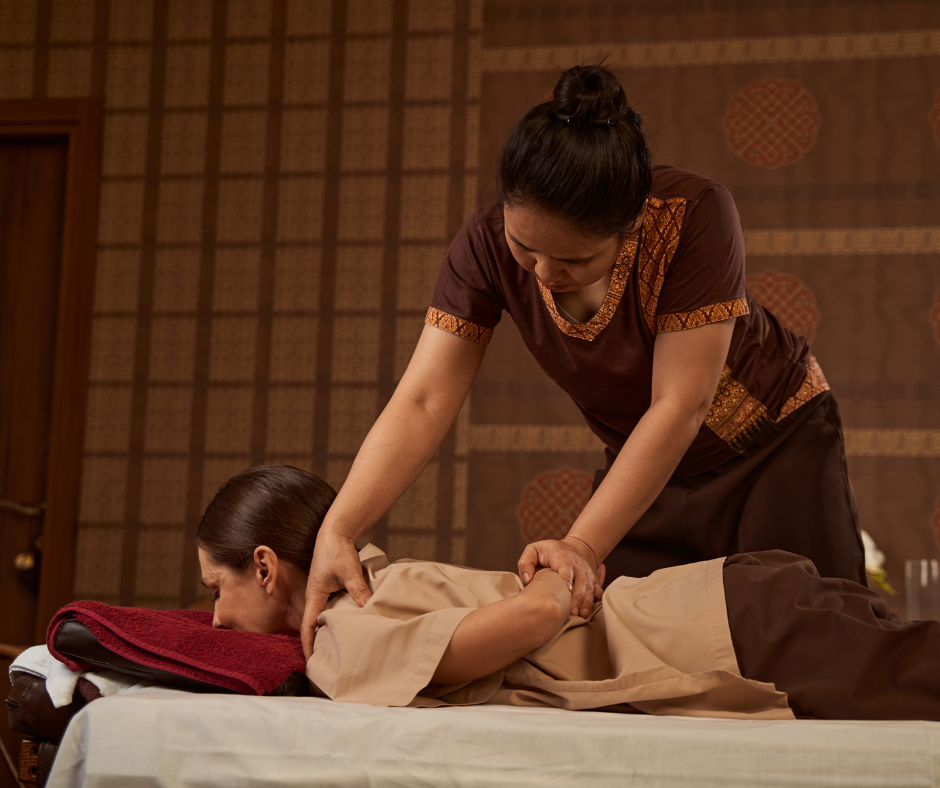Ever wake up feeling tense in one particular spot? Chances are, that may be a trigger point, which causes localized pain in one particular area. You might be thinking you can just walk this pain off, but this may require a more focused solution. After consulting your physician, you might find that targeted relief is what you need to truly ease the pain.
At Soothe, we understand the importance of selecting the correct type of massage for your unique needs. That’s why we are breaking down what trigger point massages are, who they could benefit when it comes to pain relief, and what to expect from a trigger point massage session.
What is a Trigger Point Massage?
A trigger point massage is a specific form of massage therapy that is designed to reduce pain and discomfort by targeting specific areas of muscle tightness, also known as trigger points. Trigger points are hyper-irritable areas that can be extremely painful, leading to a decreased range of motion and muscle weakness. Common areas for trigger points include hips, neck, calves, shoulders, and lower back.
There are several possible explanations for how trigger points appear, as this is not a well studied area in the medical field, and it seems to present itself through multiple conditions. One looks at the overuse of muscles, or holding yourself in an uncomfortable position to strain those muscles for too long. Stress is another possibility for trigger points to develop where muscles tighten.
Trigger point massages focus on increasing blood circulation to an area. This is done by applying pressure to a localized area to release that tension. It pushes fresh blood in, delivering more oxygen to that area to get the muscles to release. This pressure is applied for 30-90 seconds, and once it is released, the massage therapist will massage the area with long, light strokes to flush it out. This method can be commonly applied in deep tissue massages and myofascial releases.
Benefits of a Trigger Point Massage
Those who are looking for a trigger point massage typically have some sort of pain that they want to relieve. The type of massage is less focused on overall relaxation like a Swedish massage would be, but more on the release of specific tension points on the body.
Here are some conditions that may benefit from a trigger point massage:
- Headaches & migraines
- Sciatica
- Tennis elbow (or Pickleball Elbow!)
- Chronic muscle tension or stiffness
- Plantar fasciitis
- Back/neck/shoulder pain
Relieving yourself of your pain is the primary goal, but you can also benefit from this type of massage as a compliment to other treatments, such as physical therapy when permitted by your medical team. While this cannot cure chronic conditions, it can help alleviate any excessive pain for the time being, improving your quality of life.
What to Expect During a Trigger Point Massage Session
Before your trigger point massage, go through your regular process of preparing for a massage. This could be done unclothed or fully clothed. In the case of being fully clothed, choose light and comfortable clothes with access to the parts of your body that will be worked on during the session. When in doubt, contact your therapist with any questions before the session begins.
To begin a trigger point massage session, you will have a consultation with your massage therapist, giving them the history of your pain. From there, the therapist will be able to identify what areas they need to put focused pressure on your body. You will be asked to either sit or lie down depending on where these areas are. These trigger points will be pressed on steadily for 30-90 seconds. After that, these areas will be lightly massaged with long strokes to relieve the tension. This will be repeated throughout the entire session until the pain dissipates.
During your session, your therapist will likely check on you to ensure that you are tolerating the pain that occurs from the pressure on the trigger points. Advocate for yourself where possible too, as one area could be more sensitive than another. Adjustments will be made for your comfort, as there is a balance between targeted pressure and your personal tolerance levels. Open dialogue allows for an ideal customized experience that maximizes your relief without causing too much discomfort.
The areas that received this pressure may feel tender for the next 24 hours after the massage. Practice effective aftercare by taking it easy, hydrating, and then resting afterward.
Soothe Can Help
Are you ready to experience a deeper massage that will allow you to relax? Soothe offers deep tissue massages at this time that can help you relax and work out those trigger points on your body. Reclaim your comfort and quality of life by booking an appointment with Soothe today.







